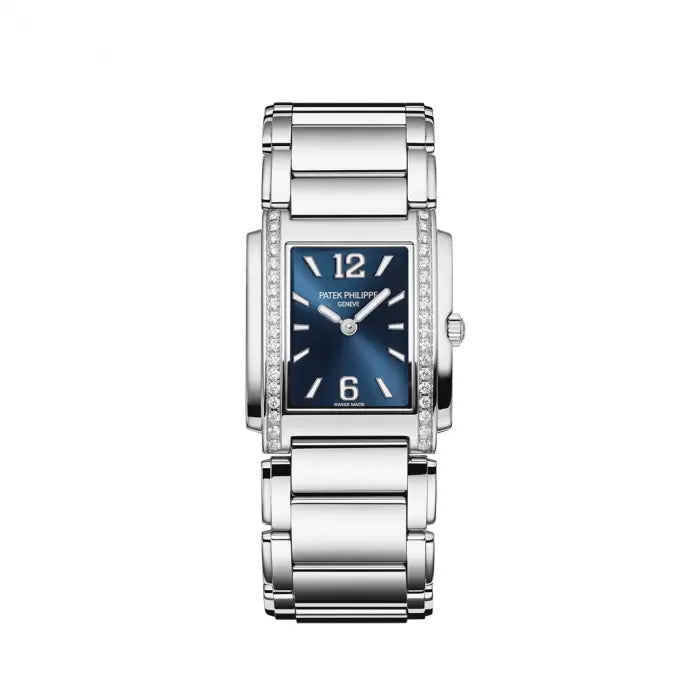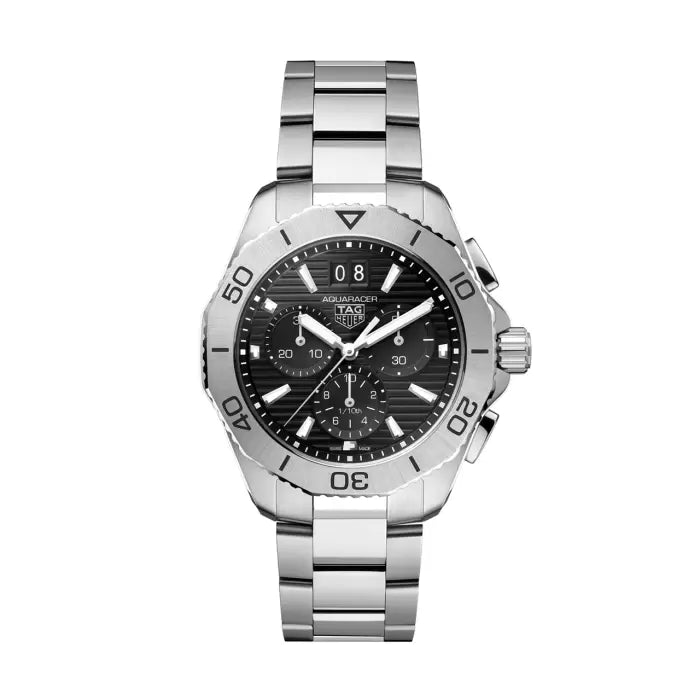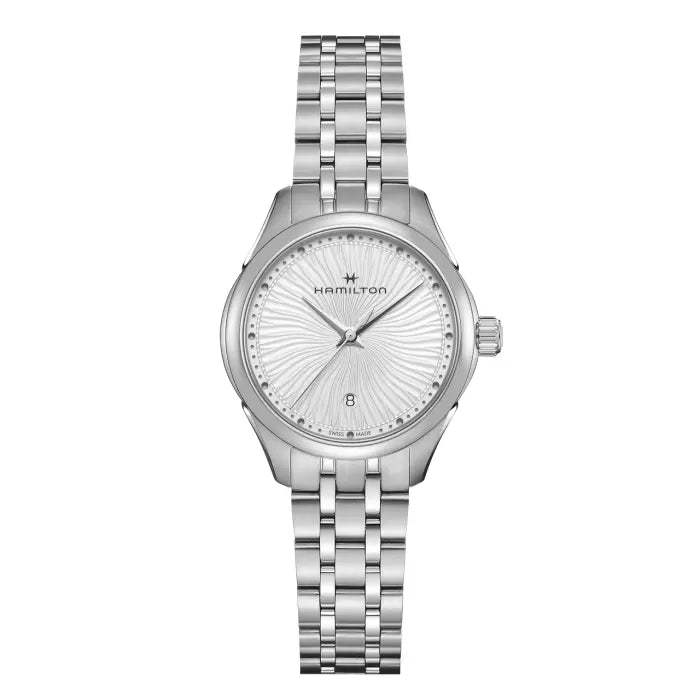The Mechanics of Quartz Watches
Watch enthusiasts know that quartz watches are special, and it is no wonder. Since their inception in 1969, quartz watches have revolutionized the way we tell time with their impressive accuracy. But have you ever wondered exactly how these timepieces work or even how the quartz watch craze started? Follow us while we take a deep dive into the history and inner mechanics of quartz watches and highlight why they are so beloved.
A Timeline
The science behind how quartz watches were developed is fascinating. Believe it or not, the groundwork for this time-telling technology dates all the way back to 1880. Take a look at our timeline to see more of what makes these watches tick.
1880- Pierre Curie
What does Pierre Curie (Marie Curie’s husband) have to do with the invention of the quartz watch, you ask? Mr. Curie was responsible for discovering the science behind what would ultimately allow quartz watches to work. In 1880 Pierre Curie discovered piezoelectricity: Curie observed that quartz produced electricity when put under pressure. When he applied electricity to a quartz crystal it vibrated enabling the quartz to serve as an oscillator.
1927- Bell Labs’ Quartz Clock
Using piezoelectricity, telecommunications engineer Warren Marrison invented the first quartz clock utilized in Bell Labs. This clock was much more accurate than nearly all of its contemporaries. The clock kept time by using the vibrations of the quartz crystals in an electrical circuit. This technology became standard in most laboratories at this time; however, the technology was too expensive to become more mainstream for home use in clocks and wristwatches...yet.
1927-1958- Step by Step
From the years 1927-1958 many discoveries and technologies were invented that shaped and contributed to what we know now as the quartz watch. The first watch batteries were invented in 1954 by researchers at the Hamilton Watch Company (no relation). Two men (Jack Kilby and Robert Noyce) simultaneously created the integrated circuit to allow for Liquid crystal displays for wristwatches, which were invented in 1958. Step by step, all these discoveries were working towards the quartz watch.
1958-1969- The First Quartz Watch
The first quartz watch came onto the market December 25th, 1969, by the Japanese electronics company Seiko. It took 10 years to develop, starting first with the development of a clock created for the Chubu Broadcasting Corporation in Nagoya, which was the size of a filing cabinet, to finally the creation of the Astron 35SQ, Seiko’s 18k yellow gold quartz wristwatch.
Comparing Quartz Watches and Mechanical Watches
Before we dive into the inner workings of quartz watch mechanics alone, it may paint a more detailed picture of the timepieces overall if we compare it to another popular type of watch. When it comes to watches, two of the most popular types are quartz and mechanical watches.
Quartz watches
Run on battery power
Uses electricity to run
Known for their accuracy
Do not require periodic winding
Mechanical Watches
Powered by a series of gears and springs
Relies on the power of a mainspring
Can have deviations of up to several minutes
Requires periodic maintenance
How They Work
At the heart of every quartz watch is a quartz crystal. It looks like a small, clear piece of glass, but its structure is anything but ordinary. Quartz crystals are formed when silica dioxide molecules bond together in a specific pattern. That molecular formation makes quartz crystals incredibly stable, and this stability makes them ideal for use in watches.
When electricity passes through a quartz crystal, it vibrates at a precise frequency. In a quartz watch, these vibrations are measured and used to create an electrical signal with frequency- exactly one vibration per second. This signal is sent to the watch’s movement which in turn moves the hands of the watch at exactly one tick per second.
As we mentioned previously, quartz watches do not need to be manually wound or adjusted like mechanical watches. They maintain accuracy over time by using a battery to send electrical signals to the quartz crystal every few seconds to keep it running at the correct frequency. And because they use so little energy, the battery can often last years before needing to be replaced.
Some of Hamilton’s Favorites
Hamilton Jewelers sells some of the top timepieces that come in an array of styles and colors for any person in your life. From Patek Phillipe, to Tag Heur, Shinola, and others, we would like to take this opportunity to show off some of our favorite quartz watches.
Patek Phillipe Twenty 4 Quartz Watch

Tag Heuer Stainless Steel Aquaracer

Swiss Army Journey 1884 Watch

Hamilton Khaki Aviation
X-wind GMT Chrono Quartz Watch

Hamilton Jazzmaster Lady Quartz Watch






